
Mechanical Design
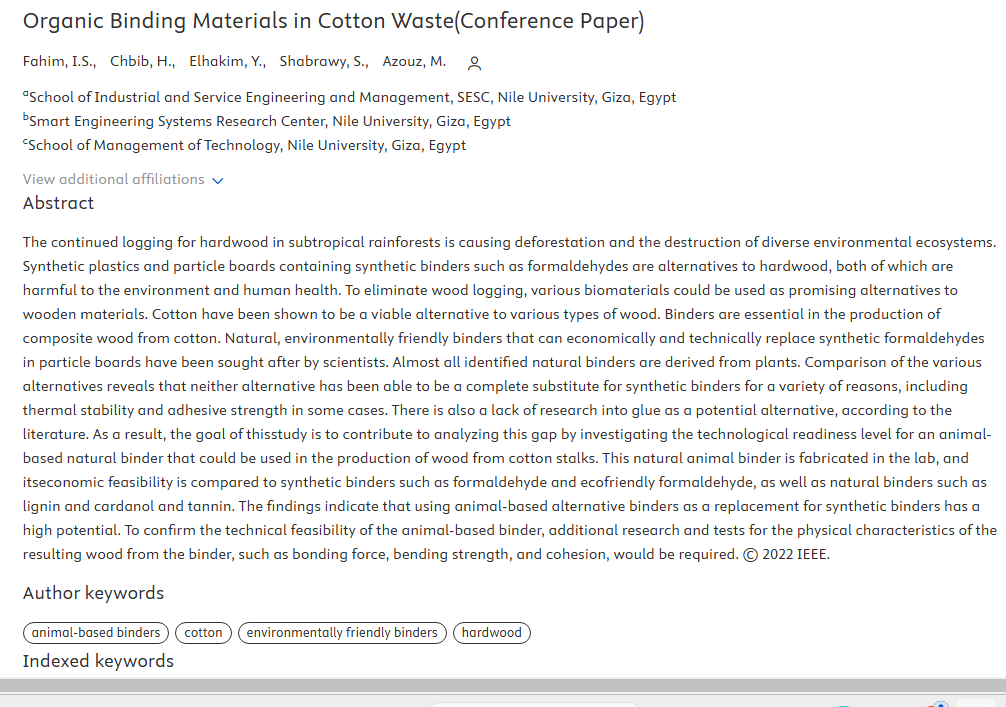
Organic Binding Materials in Cotton Waste
The continued logging for hardwood in subtropical rainforests is causing deforestation and the destruction of diverse environmental ecosystems. Synthetic plastics and particle boards containing synthetic binders such as formaldehydes are alternatives to hardwood, both of which are harmful to the environment and human health. To eliminate wood logging, various biomaterials could be used as promising alternatives to wooden materials. Cotton have been shown to be a viable alternative to various types of wood. Binders are essential in the production of composite wood from cotton. Natural
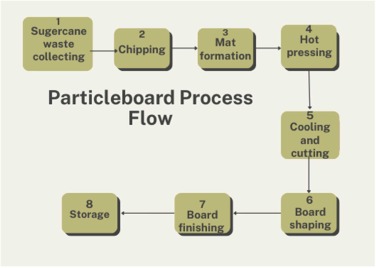
Sustainable utilization of sugarcane bagasse for wood-based panels: A promising approach for waste management in Egypt
One method to sustainable development is to reduce waste generation and recycle it in a way that contributes to the economic, social, and environmental goals of sustainable development. The study focuses on particle board production from Sugar Cane Bagasse (SCB). Various fiber-matrix combinations were used to create composites using SCB and epoxy resin matrix. Mechanical testing and water absorbance tests were employed to assess the effects of the epoxy content (0–25 wt%). The outcomes demonstrated that the optimal tensile strength of bio composites was attained by the 25 wt% of epoxy with SCB
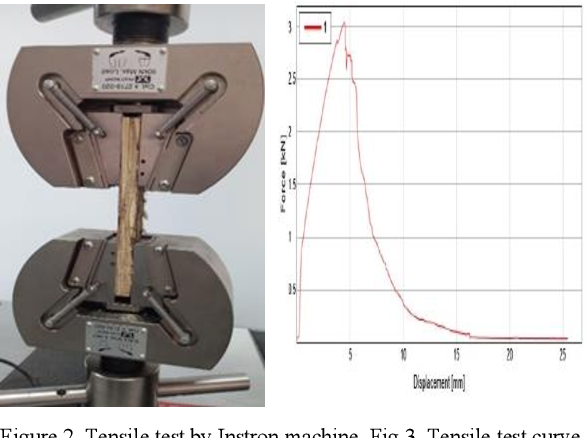
Utilization cotton stalks as a raw material for wooden products
Wood is one of the most used materials in the construction industry. However, the traditional source of wood, which is forestry, has some negative impacts on the environment. Hence, there have been increased efforts to find alternative sources of wood to minimize environmental degradation. Cotton stalks have been identified as a potential raw material for this industry, and research has shown that this material has good potential to replace wood. Furthermore, the disposal of cotton stalks is a significant environmental problem in many regions. This study discusses utilizing cotton stalks for
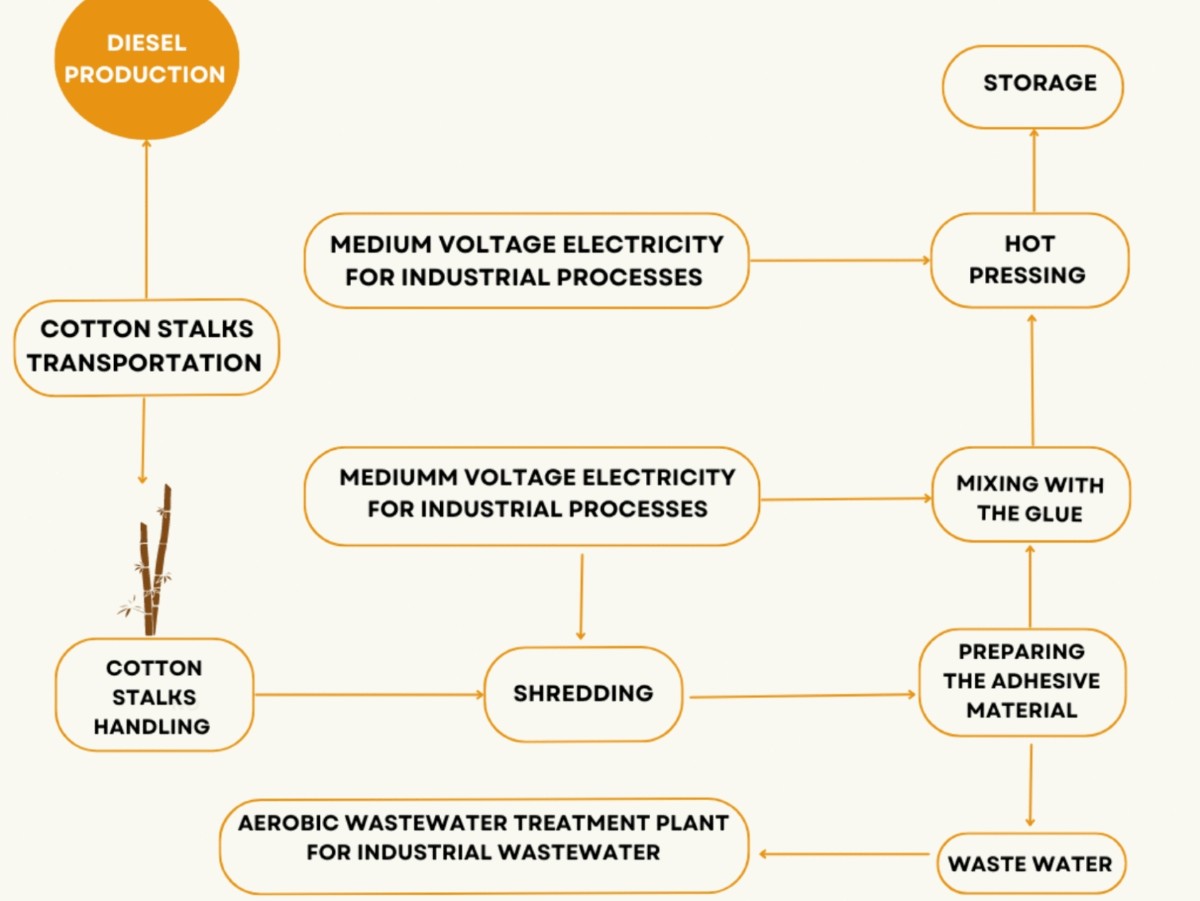
Mechanical and environmental performance assessment of cotton stalk composites with natural adhesives for sustainable construction materials
Carbon dioxide emissions pose a global issue, with deforestation, forest loss from logging, fires, and construction highlighting the adverse effects of climate change. Urgent action is required to reduce carbon dioxide emissions and preserve forests. Egypt can contribute to reducing greenhouse gas emissions by effectively utilizing its waste resources, especially agricultural waste. The research focuses on developing environmentally friendly and sustainable construction materials with a forward-looking approach. This involves exploring alternative options for synthetic formaldehyde adhesives
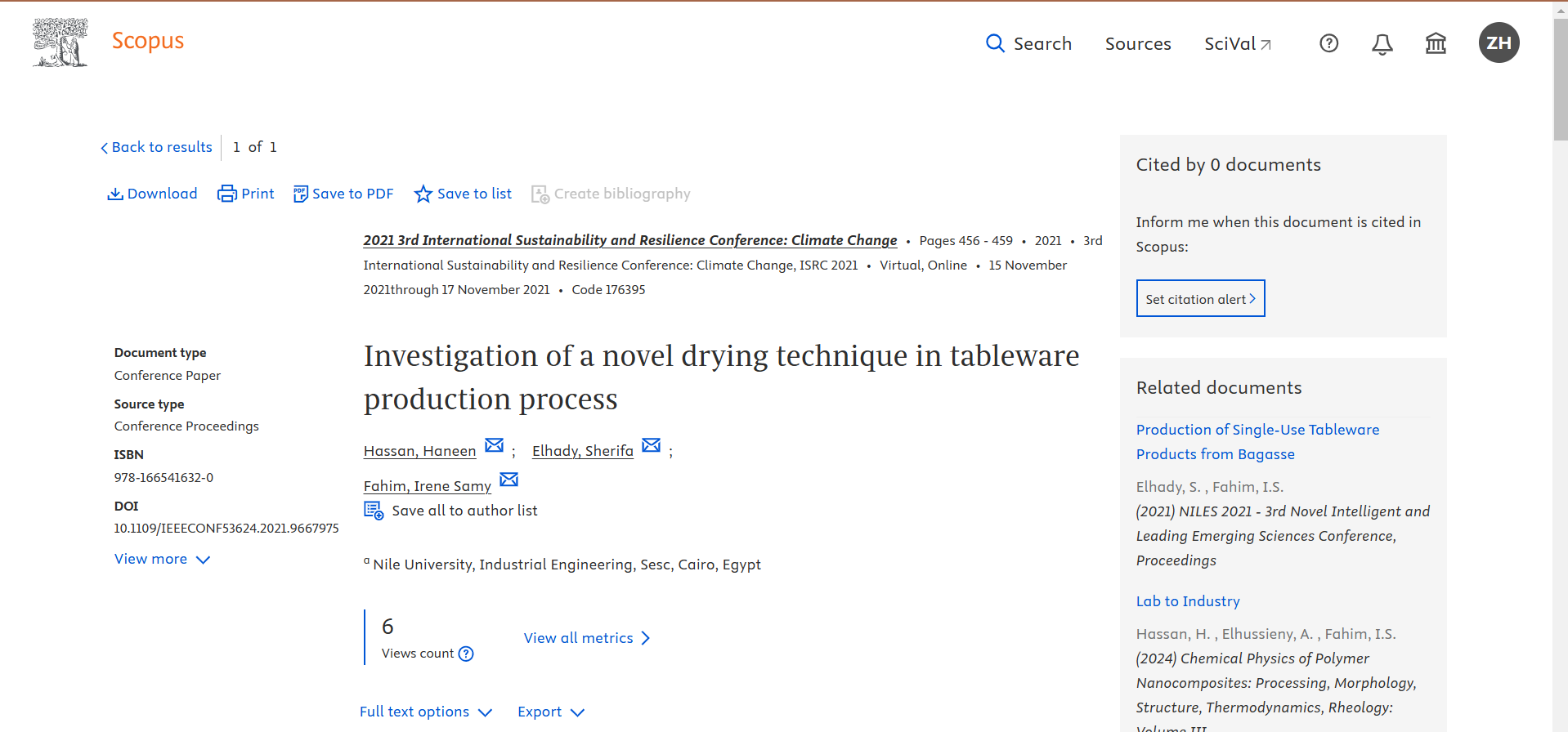
Investigation of a novel drying technique in tableware production process
The primary by-product of the sugarcane industry is sugarcane bagasse, which is considered a raw material for molded tableware production process. Studies proved that this industry is energy and water intensive. Attempts have been conducted to produce biodegradable bagasse plates utilizing a novel drying technique for the bagasse pulp using mechanical rollers for dehydration and cold drying instead of conventional vacuum drying. It was found that the new drying mechanism reduces the energy consumed by 32% and water consumption by 90% compared to the traditional molded tableware manufacturing
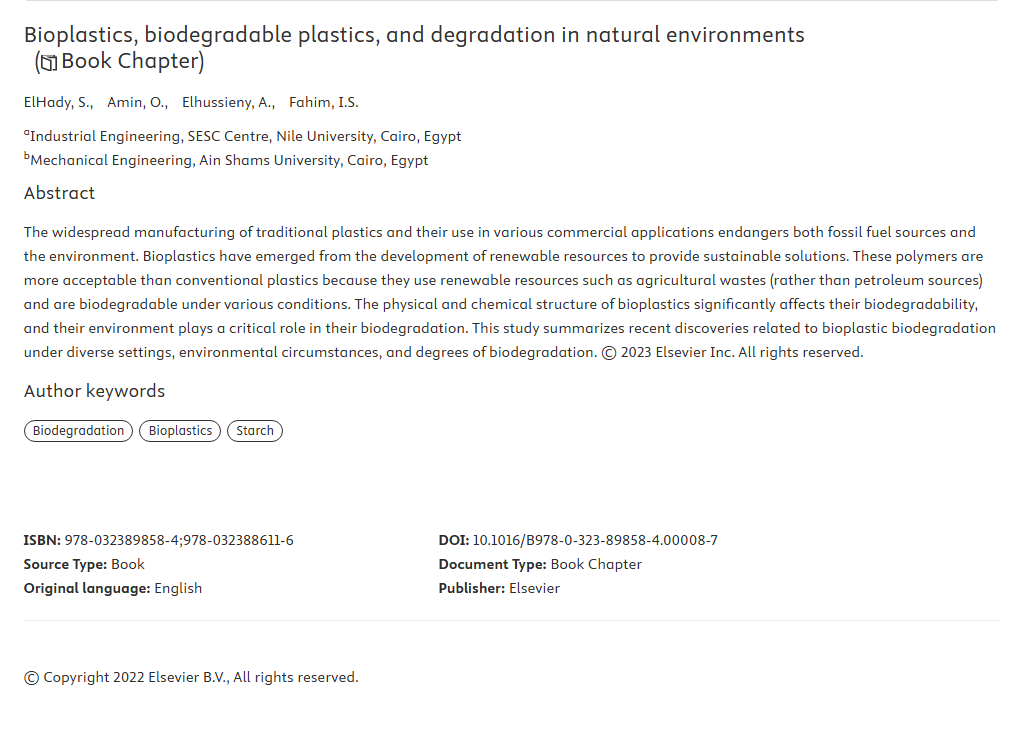
Bioplastics, biodegradable plastics, and degradation in natural environments
The widespread manufacturing of traditional plastics and their use in various commercial applications endangers both fossil fuel sources and the environment. Bioplastics have emerged from the development of renewable resources to provide sustainable solutions. These polymers are more acceptable than conventional plastics because they use renewable resources such as agricultural wastes (rather than petroleum sources) and are biodegradable under various conditions. The physical and chemical structure of bioplastics significantly affects their biodegradability, and their environment plays a
Modeling of Agile MicroFactory System using Unified Modeling Language
As the world is shedding the light on best utilization of resources, microfactory has been identified as the next big move in manufacturing. The microfactory is a small-to-medium factory that utilizes limited resources to produce flexible small batch size products. Microfactory is considered a complex agile system with integrated system components and interactions that aim to accomplish flexibility in production volume while best utilizing limited resources. Thus, modeling the microfactory considering these factors is of critical importance. The Unified Modeling Language (UML) is an effective
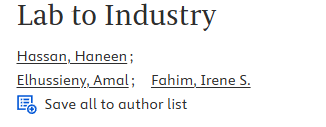
Lab to Industry
In terms of environmental and socio-economic benefits, the utilization of agro-fiber wastes in pulp-based product manufacturing is advantageous. Non-wood plant pulp production has shattered, and numerous non-wood fiber resources are being commercially used to make chemical pulp and paper in China, India, Latin America, Africa, the Middle East, and Turkey. Agricultural wastes, including rice and wheat straws, sorghum stalks, and annual plants like hemp and jute, are being utilized as raw materials for pulp and paper manufacture. In addition, various research has been carried out to introduce

Technological innovation in ergonomics & safety in automotive industries in Egypt
The increase in the complexity and the inspiring environment between the automotive organizations in Egypt forced the quality experts and management team to propose various tools related to Quality Management Systems but there is a slight apprehension to the ergonomic concepts in these industries. This study investigates the complications related to the ergonomics in the assembly line of an automotive company in Egypt. The assembly line is divided into several stations including trim line, chassis line and a glass handling station. The focus of this study is the ergonomics of the glass
Analysis of musculoskeletal disorders in personal care industries in Egypt
The increase in the complexity of operations in personal care industries in Egypt forced the ergonomic experts to propose various tools to analyze the human errors and eliminate the most dangerous operations according to the international standards of safety and ergonomics. International references such as the Rapid Upper Limb Assessment (RULA) and Rapid Entire Body Assessment (REBA) analysis are performed to investigate different postures as well as Computer Aided Three-Dimensional Interactive Application (CATIA) and Maynard Operation Sequence Technique (MOST softwares). A modified scissor